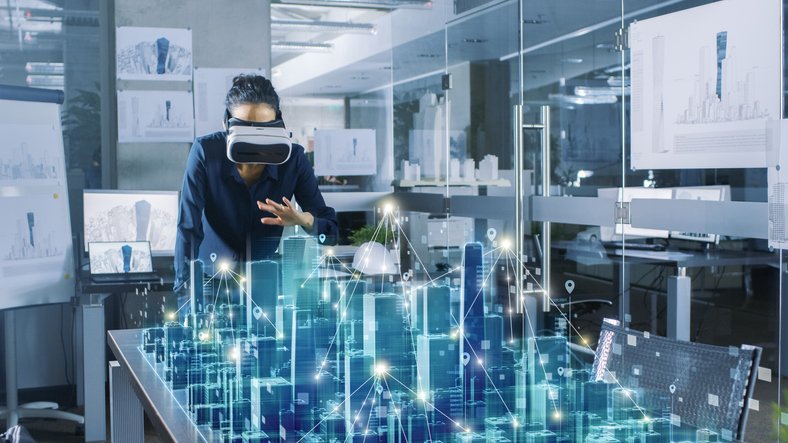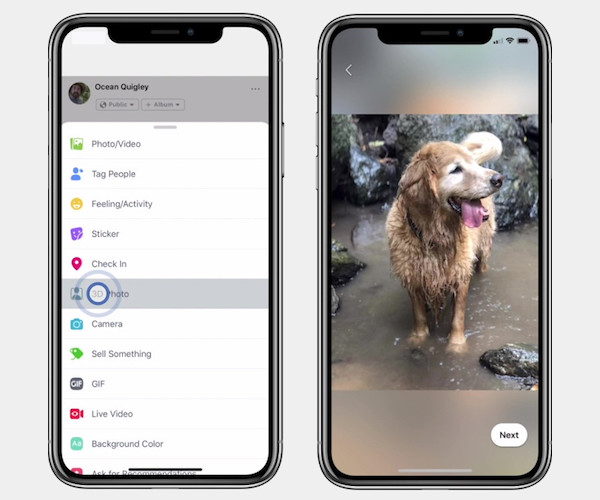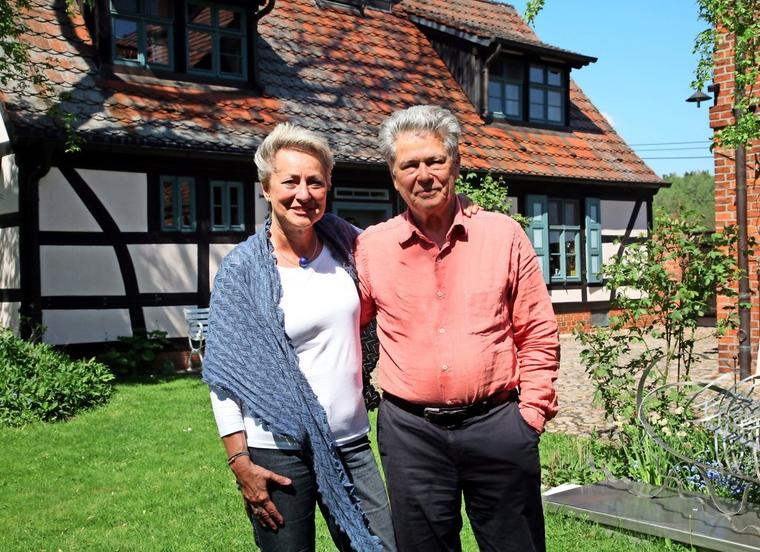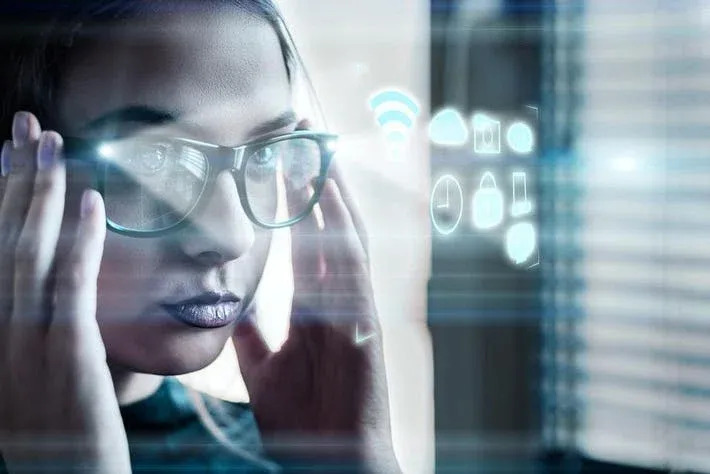„Virtual reality generates spatial sensations in the students‘ design that are not easily perceived without this technology.“
In the last ten years, my interest as a teacher has focused mainly on the use of technology and the support of communities through my classes. In this article, I will explain how we can improve teaching and community development using Virtual Reality (VR). Through an architectural design, we can propose decent and functional spaces both inside and outside the houses and public spaces that promote community, recreation, sports, and activities that improve the inhabitants‘ quality of life.
As a professor of Architecture, I have corroborated how complex it is for students to imagine their design volumes and elements. It is a skill we acquired with experience. Many construction professionals cannot visualize these things until the project is finished. This lack of visualization can generate errors in the construction; resolving them leads to a higher cost than initially contemplated and a delay in the delivery time of the work.
„Space is conceived from the body and for the body leaving behind the aesthetics of the purely visual. It is a work of relationship among the different elements that comprise architecture to create experiences that transcend the reality that we inhabit.“ -Mercedes Múzquiz (2017).
I imagine and then visualize
Imagination is fundamental in the conception of architectural projects. When students have questions about the volumes of their projects during the class, I ask them to draw them. However, they cannot do it because they cannot capture the image in their minds, generating annoyance and frustration, two sensations that complicate learning.
Students can use 3ds Max, Revit, or ArchiCAD software to represent volumes in three dimensions to help visualize the project designs, but the result is still a purely visual image. Usually, this type of technology comes into play once the design has been generated to present a project. It is challenging for architectural professionals in training to realize the importance of scale and proportion.
Considering the background described above, at the School of Architecture on the Chihuahua campus in Mexico, we seek a tool that helps students visualize their creations immersively during the design process. We start from the idea that if the student has an instrument to visualize their first volumes in the project, they can more easily imagine what happens to their designs when modified, improved, or adds new forms.
Virtual reality technologies for teaching architecture
A year and a half ago, we started experimenting with Oculus Quest VR lenses, and a computer lent to us for a class. Not our equipment complicated the programming of activities, but the students managed to visualize their models at the end of the design process. It was not our plan, but we corroborated that the students saw something different from what they had imagined. It supported our idea that while learning, we often design blindly.
It was then we applied and were accepted by the NOVUS initiative. Our goal was to create the VR Lab for the Architecture career (program). The equipment solicited was: An Alienware laptop computer with a cost of 70,000 Mexican pesos (USD 3,500), Oculus Quest 2 lenses costing 12,000 Mexican pesos (USD 600), and the Enscape software for which we obtained an academic license at no cost. Having passed the process to get the equipment, we began to train scholarship students so that these, in turn, could train their peers. This training process was straightforward since each student could manage their training through tutorials.
Below, I share the measuring instruments we used to compare the design process before and after using VR to see if it improves and obtains better designs.
- Instrument 1. Before the experiment, we interviewed the students to know their previous experience with Virtual Reality technologies.
- Instrument 2. At the end of the Virtual Reality session, we interviewed the students to determine how it helped them visualize their projects.
- Instrument 3. At the end of the semester, we will interview the students to tell us if their design process improved and the resulting project.
- Instrument 4. We designed a rubric to be filled by the participating teachers to confirm if the inclusion of this tool resulted in better projects, which is our hypothesis.
To date, we have partial results from a group (class) of 15 students:
Before experimenting with Virtual Reality
- 56% of the students said they had not used VR previously.
- Only 25% consider that the tools they use to perceive their designs are insufficient.
- 53.3% are clear about what their built project will be like.
- 73.3% believe they can improve their design by perceiving the completed project.
After experimenting with Virtual Reality (we used a rating per item from 1 to 5, where one is very little and five is a lot).
- Did your spaces give you sensations? 100% rated between 4 and 5.
- How much did your perception of the project change? The mean was 4.33, and 57.1% of the responses had values of 5.
- Did you find deficiencies in your project? The mean was 3, and 71.4% valued with 3.
- Do you think you can improve your project? The mean was 4.44. 85.8% of the answers were 4 or 5.
As partial conclusions, we find that before experimenting with VR, students had little experience with this technology; they feel that the tools they have are sufficient for visualization and design. The students believe they can improve their projects with a complete visualization.
The VR experience produced spatial sensations in the students, such as being in a small or monumental space, the anguish of being in a room without lighting, or the satisfaction of being in areas connected with nature. Such sensations are not easily perceived without VR. It changed the perception they had of their projects. Although they did not find significant deficiencies in their models, practically all the students believed their designs could improve thanks to the immersive experimentation.
We intend to gather more information and share the final results at the end of the semester through the Observatory of the Institute of the Future of Education of Tecnologico de Monterrey.
Reflection
This experimentation has helped us as teachers be conscious of using technology in our classes, keep current, and rely on technology to achieve better communication with students in expressing ideas from teacher to student and vice versa, helped by realistic images. We sense they feel more secure in their designs, knowing they can experiment before presenting them. They also realize that using new technologies gives them an advantage over other students. One area of implementation improvement is to consider training more students to support their peers in using VR to achieve more availability of the VR Lab for a higher number of students.
Being more confident during the design process increases the probability that construction will satisfy the users‘ needs. The community will be less vulnerable due to decent housing and safe public spaces that motivate healthy recreation, especially if they participate in the design.
References
Múzquiz, M. (2017). La experiencia sensorial de la arquitectura: desde la supremacía de la visión hacia la experiencia corpórea y emocional. Accessed from https://oa.upm.es/47578/#:~:text=El%20espacio%20se%20concibe%20desde,en%20la%20realidad%20que%20habitamos.
Rodríguez, S. (2021). Qué son la proporción y la escala en la arquitectura y por qué son tan importantes. AD. Accessed from: https://www.admagazine.com/arquitectura/que-son-la-proporcion-y-escala-en-la-arquitectura-20200922-7473-articulos#:~:text=Arquitectura-,Qu%C3%A9%20son%20la%20proporci%C3%B3n%20y%20la%20escala%20en%20la,por%20qu%C3%A9%20son%20tan%20importantes&text=La%20proporci%C3%B3n%20juega%20un%20papel,entorno%20y%20con%20otros%20objetos.
Tec de Monterrey (2022). Fondo NOVUS para la innovación educativa. Accessed from: https://novus.itesm.mx/
Quelle:
https://observatory.tec.mx/edu-bits-2/learning-architecture-design-with-virtual-reality?format=amp




